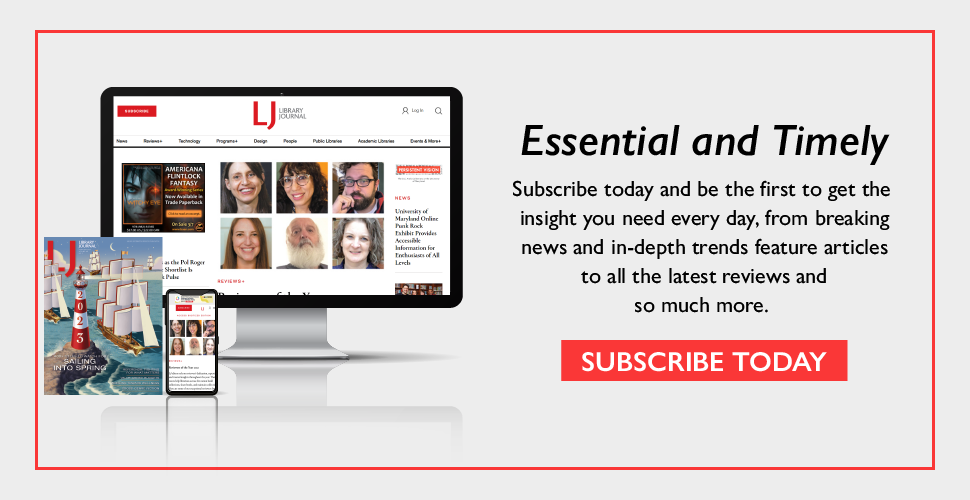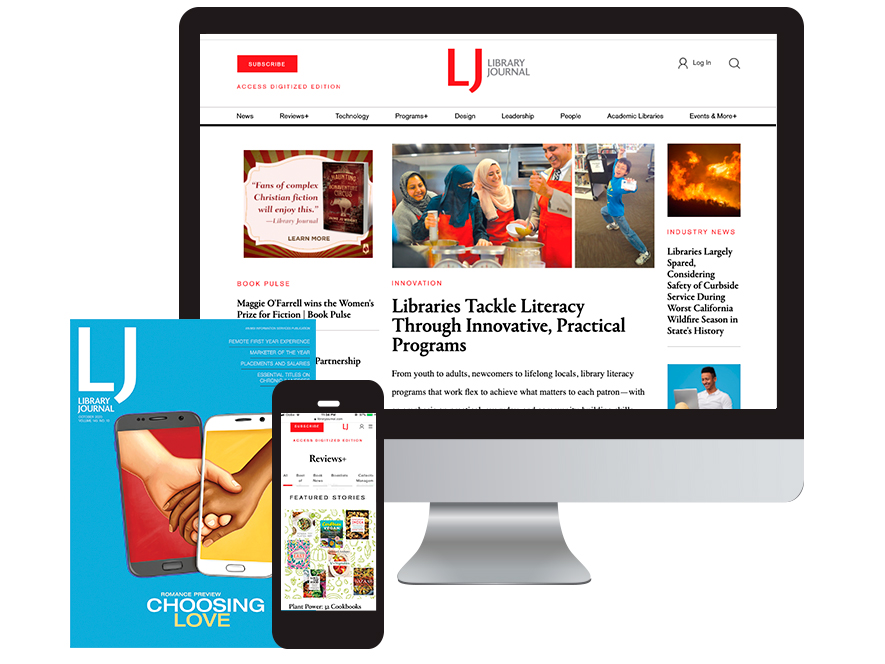In-depth eResources: Oxford Research Encyclopedias and the Journal of Medical Insight
 CONTENT Oxford Research Encyclopedias (ORE) bridge the gap between online resources and traditional academic publishing by providing access to both free and subscription-based collections. This review will focus on the subscription-based resources, while including a general discussion of ORE as a whole.
CONTENT Oxford Research Encyclopedias (ORE) bridge the gap between online resources and traditional academic publishing by providing access to both free and subscription-based collections. This review will focus on the subscription-based resources, while including a general discussion of ORE as a whole.
Collections in ORE are curated by subject and currently include African History, American History, Asian History, Business and Management, Climate Science, Communication, Criminology and Criminal Justice, Economics, Education, Encyclopedia of Social Work (subscription required), Environmental Science, Global Public Health, Latin American History, Linguistics, Literature, Natural Hazard Science, Neuroscience, Oxford Classical Dictionary (subscription required), Planetary Science, Politics, Psychology, and Religion.
Published by Oxford University Press (OUP), this collection offers comprehensive articles on both foundational and in-the-moment topics in an effort to meet the demand for current and credible information on the web. Content is published regularly, and the collection aims to grow and evolve, moving beyond basic reference to engage current scholarship and contribute to the ongoing discussion.
Articles are peer-reviewed and updated on a regular basis, providing access to a comprehensive body of knowledge. The resource is intended for use by scholars, researchers, graduate students, upper-division undergraduates, faculty, professionals, and librarians.
According to ORE, articles are commissioned by Oxford reference editors and produced by specialists and professionals; they are then vetted and approved by an editorial and advisory board made up of international experts. ORE is intended to serve as a starting point for serious, academic research.
usability Each of the subjects referenced in the database can be accessed via its own portal. Information on the editorial process and scope of each individual collection can be found at oxfordre.com by selecting the Overview tab listed below each subject.
While each collection resides within its own portal, the sites share the same interface, providing a seamless user experience whether accessing the free or subscription-based resources. Each portal is branded with the ORE logo and clearly identifies the subject of the collection in the header, making it easy to switch among collections.
Researchers can explore articles by subfield, clearly marked and listed beneath the header, or by entering terms in the search bar at the top of the page. Users can further refine their search by selecting one of the subfields listed in a drop-down menu located beneath the search bar; these include specializations relevant to the field to aid in limiting results.
Each collection portal highlights a featured article on the homepage, a brief bio of the editor in chief, a list of editorial board members, and a glimpse of new contributions. A video on the collection is also provided, along with information for authors and ways to connect with Oxford online. Users are invited to search documents via a Browse tab that lists articles alphabetically.
Related subjects situated alongside each article enable further browsing. Published items feature the online publication date, while forthcoming pieces include an advance summary. Users exploring the browse page can also refine results by subfield or search by keyword via the handy sidebar menu to the left side of the document listing.
The subscription-based Oxford Classical Dictionary (OCD) expands its print counterpart by adding to the existing body of work on the classics to support interdisciplinary scholarship in the field through a multimedia platform. In addition to in-depth articles, the database boasts maps of the ancient world, audio, images, along with a glossary of abbreviations.
As with all materials in the ORE collection, entries in the OCD are divided by subject, and articles feature a listing of related topics for additional browsing. Each article is divided into subheadings, which users can preview and access in the standard sidebar. Articles include a digital object identifier, links to related materials, bibliography, and notes for further research.
Entries in the OCD can be browsed by subject, alphabetically, and include links to related content within the text, making it easy to jump from one entry to the next while exploring a particular idea. The articles are easy to read and well developed, including references to primary sources and additional research.
The Encyclopedia of Social Work (subscription-based), created in partnership with the National Association of Social Workers, follows the same model as other ORE resources. Currently housing over 900 articles, it makes available multimedia resources, infographics, and videos. The collection further includes full-text articles as well as summaries of soon-to-be-released content; the homepage features current blog posts and links to OUP’s social work blog. New and revised articles are added and updated on a monthly basis.
Entries in the Encyclopedia of Social Work are presented as in-depth pieces that include abstracts and keywords and are divided into subheadings to facilitate research. Related articles are also highlighted in the sidebar.
PRICING With the exception of the Encyclopedia of Social Work and the Oxford Classical Dictionary, the collections are currently accessible for free (the ORE’s FAQ page makes note of premium access options, but no further detail is provided). Please visit oxfordre.com for more information.
VERDICT The free content available in the Oxford Research Encyclopedias makes a worthy addition to any library collection. Because pricing options may change, collection managers are advised to stay abreast of updates to the ORE access model. The content provided is rich in detail and goes above and beyond the information available in other free resources.
While the ORE is intended as a starting point for advanced research, it’s a great tool for beginners as well. ORE is worth considering where the humanities and/or classics are supported. The Encyclopedia of Social Work will be valued where research on the subject is in high demand.
Journal of Medical Insight JoMI; jomi.com Free trial available
 CONTENT The Journal of Medical Insight (JoMI) describes itself as seeking “to improve outcomes through publication of videos of cutting-edge and standard of care surgical procedures.” The online-only journal presents “articles,” or videos, of fundamentals as well as of general surgery, orthopedics and orthopedic trauma, neurosurgery, otolaryngology, ophthalmology, pediatric surgery, vascular surgery, and urology.
CONTENT The Journal of Medical Insight (JoMI) describes itself as seeking “to improve outcomes through publication of videos of cutting-edge and standard of care surgical procedures.” The online-only journal presents “articles,” or videos, of fundamentals as well as of general surgery, orthopedics and orthopedic trauma, neurosurgery, otolaryngology, ophthalmology, pediatric surgery, vascular surgery, and urology. JoMI’s homepage prominently presents a list of subscribers, which include top medical institutions in the United States and worldwide. The professionally edited and peer-reviewed videos are chaptered and accompanied by anatomically labeled diagrams that change as appropriate. See jomi.com/for a sample video that narrates what the archive offers.
The growing database currently includes just 59 videos, which are spread across topics, so that at the moment there is shallow coverage of each surgical area. (An article index at jomi.com/index includes a listing of forthcoming videos.)
The videos of operations offer the surgeon’s overview and commentary on the procedure; a clear animation explaining the entire procedure; and a close-up video of the work from the surgeon’s point of view, with the procedure performed and narrated step by step by teaching physicians who often refer to backup material in particular textbooks as they work.
This latter portion is the bulk of the video and includes the surgeon discussing alternatives methods of performing the operation and why the particular method shown was chosen. They also mention certain things to watch for during this type of operation—what can go wrong as well as how to know when something is going well or badly—and practical details such as which height and what angle to place the operating table.
If the surgery is laproscopic, two views are shown on the screen—the view from the surgeon and the team in the operating room and the laproscopic view of the body’s interior. Some of the work is done on cadavers, but most of it involves live patients.
Apart from the introduction, chapters vary according to the work being done; the video “Closed Cephalomedullary Nailing of a Diaphyseal Femur Fracture on a Fracture Table,” for example, includes chapters “Positioning,” “Marking and Incision,” “Insert Nail,” “Proximal Locking,” “Distal Locking,” and “Closing.”
The video takes up most of the screen space and at times is complemented by relevant images, such as animations of anatomical diagrams. At times the video stops, and written sets of next steps in the procedure are listed.
Some of the videos concentrate on training that is ancillary to operations. For example, one video shows a follow-up office visit by a patient who recently had ankle surgery; the surgeon who performed the procedure explains the patient’s relevant medical history and what was done during the operation, and discusses postoperative challenges and expectations.
usability Usage of this database is quite straightforward; users may view videos by specialty or use the simple search box to find entries on a particular topic (there is unfortunately no advanced search option).
The videos load quickly and each is a manageable length, from a few minutes to around an hour, depending on the work being described. By scrolling down the page, users can find one full-text preprint of a relevant article listed per topic (some of the articles are unavailable as they are still under review).
At the bottom of a video is a list of accompanying entries—for example, the five-month patient follow-up following “Ankle-Ligament Reconstruction” is the companion to “Deltoid Ligament Repair” and two other videos, with each item in the list linked to the corresponding video.
Entries list the doctor’s name and the institution where the video was filmed, such as Massachusetts General Hospital, Brigham and Women’s Hospital in Boston and “other top institutions.”
PRICING Anyone can temporarily access JoMI content by creating a free account. JoMI adds that, “…as residents, attendees, medical students, etc. use the resource, we will accumulate usage statistics and then negotiate a fair subscription customized for the institutions with which these users are affiliated.” JoMI has also partnered with Research4Life which offers free access to the journal through HINARI, the Access to Research in Health Programme.
VERDICT This method of teaching or refreshing surgical knowledge is a valuable complement to classroom learning. The videos are of excellent quality and are in-depth yet brief.
As the database is enhanced, it will become more relevant outside of orthopedics, orthopedic trauma, and general surgery, but for the moment, recommendation is limited to institutions serving students in those fields. As JoMI develops, it will also be necessary for it to add advanced search capability, the availability of which prospective buyers should check for in advance of purchase.
ALREADY A SUBSCRIBER? LOG IN
We are currently offering this content for free. Sign up now to activate your personal profile, where you can save articles for future viewing









Add Comment :-
Comment Policy:
Comment should not be empty !!!
Jhon Lawrence
In the FAQ page they said: "All OREs will enjoy a free access period for nearly 2 years upon the launch of a marketing site, with new articles added on a rolling basis each month."Posted : Apr 14, 2017 01:21